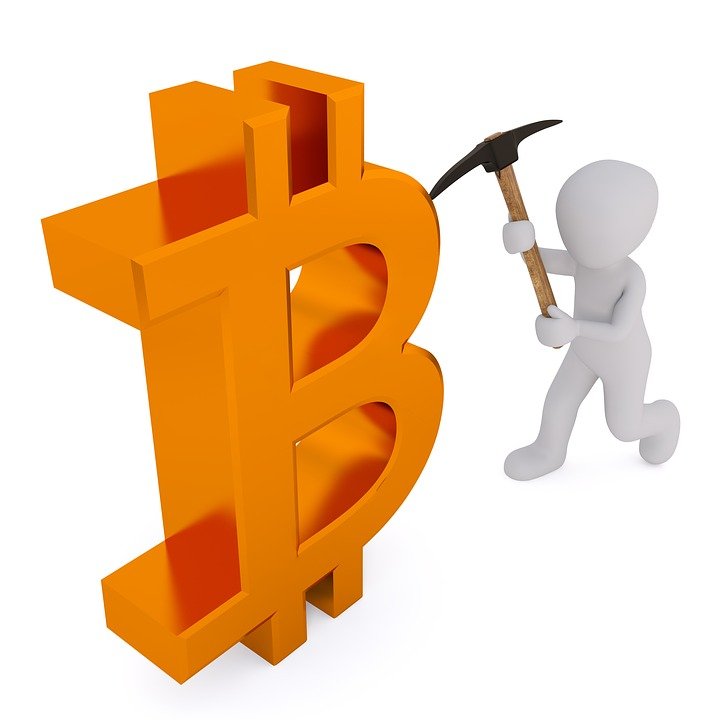One of the most epic battles that seem to have no end in sight in the cryptocurrency world is in the way and manner a given coin is made, or its blockchain secured by “miners’’. From the proponents of Bitcoin who point to the stellar record of the alpha cryptocurrency’s blockchain to those of newer altcoins that say Bitcoin is stagnated and would eventually lose relevance, the debate about Proof of Work and Proof of Stake Mining Protocols is as fresh and as heated as ever. So what is all the fuss about these two and what if any makes one different from another?

(Image Source : https://pixabay.com)
Definitions
A proof of work mining protocol is the pioneering verification and mining protocol upon which Bitcoin raised the curtain over the cryptocurrency industry. It is the use of computers, coupled with specialized hardware which are deployed by their owner to solve large amounts of mathematical puzzles with the chance of being reward with the cryptocurrency that is native to the given blockchain.
On the other hand a proof of stake mining protocol is one that counters the very foundation of proof of work in that the user doesn’t need to deploy expensive specialized mining equipment in order to create new cryptocurrencies or help in securing the blockchain itself. It is a mining protocol with which the miner stakes their own cryptocurrency holdings in their native wallet, which helps in validating transactions in return for a token that accrues to the person that staked their money on the platform.
Power Consumption
A proof of work mining protocol is one that requires inordinate and some say needless consumption of electricity which stems from the use of specialized hardware to provide the computational power needed to solve the puzzles to increase the chance of the miner getting rewards regularly.
With proof of stake, the miner/validator needs no specific hardware in order to efficiently become a miner in their rights. The “mining power” of a user on a proof of stake protocol depends on the number of coins or tokens they have staked in their wallets and how long they staked them for. Therefore the user can run their staking process without the need of any power consuming hardware.
Loyalty
One of the great differences between the proof of work and proof of stake mining protocols is that the miners tend to have different levels of loyalties to any given blockchain. The proof of work protocol is one that relies on the commitment of miners with huge mining rigs, and more often than not, as the mining process becomes harder and thus drier with time, PoW miners often tend to abandon the coin they are working, for another with better chances of rewards.
On the other hand the basis of reward on the proof of stake protocol is in the staking of the user’s already owned coins or tokens. The longer the user stakes their currencies in their wallets and acts as a validator, the bigger their chances of getting profitably rewarded with more coins than ever. Whenever the owner of staked coins make a simple transfer form one wallet to another, their aging coefficient is rested , a reality which ensures much better loyalty from miners than those working on a proof of work blockchain.
Hey @crptoletter , u received 100% upvote from @gangas . Strikes again.
Hope to see more BIG coin using POS algo, even combined with POW to enjoy both qualities and increase decentralization
I'd love to see more combined POS/POW coins as well within the top 50 on conmarketcap
Mining is not worthwhile everywhere because electricity bills are too high in some countries, for example in germany.
How I wish I have lot of btc
good
thanks... very nice... follow you blog
it is so useful to gain any reward...
thanks for sharing...
good content in mining,sir @cryptoletter. @resteemed
This Good Post and have benefits for me. Thank you @cryptoletter
With Asic miners and pooling groups, the consensus mechanism on bitcoin, is becoming much more centralised? will it continue as new technologies emerge on the future?
Thanks for the article, hope you can cover some other methods as well, for example POD, POI.
Decentralized exchange +decentralized chat + super wallet+ thunder transfer,please check how it is ,if invit code needed ,refer to 60960
What's that ?